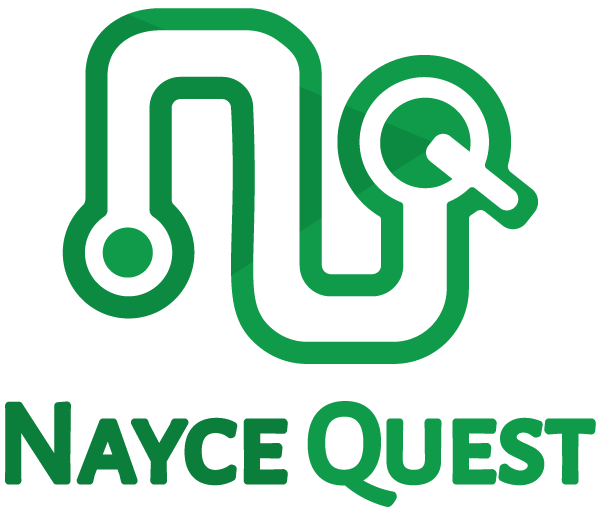Under Pressure: The Treatment of Others Rules
Many of us are familiar with the golden rule, "Do unto others as you would have them do unto you." My mind always brings the beautiful Norman Rockwell painting that was later gifted to the United Nations to inspire collective humanitarian efforts. Then, my mind drifts to the meaning that is assuming in nature—and many of us are familiar with what happens when we assume. For example, if I feel I am not worthy of love or praise and if I were to follow the golden rule, then I shouldn't love or praise others. In essence, the golden rule is a taken-for-granted assumption that I come from a place to know how to treat others fairly or kindly.
Last week that I learned of Dave Kerpen's framing of the platinum rule, "do unto others as they would want to be done to them." Now we're getting somewhere with this idea that how we treat others goes beyond ourselves and requires empathy skills to see where others are positioned in a situation. When I reflect on how the platinum rule can play out among folks struggling with mental health or fearful of asking for support because of the stigma around being labeled as a burden—sometimes navigating how we want to be treated versus the ways we should be treated may not align.
There are various precious materials in the world (e.g., metals and gems), so I was hoping to find another interaction rule that factors that moves beyond assumptions to the engagement of reality. This led to discovering Joan Landes' description of the diamond rule, "discern what people will want and need even before they realize and then offer it at the right time." My mentor, Shaunna Payne Gold, synthesized the diamond rule as the means to "acknowledge the individual, build relationships, and actively support individuals in all contexts." For me, the diamond rule is bar far the best description of the treatment of others rule that captures empathy and context.
Diamonds form over time with the perfect balance of heat and pressure to produce varying clarity, cuts, sizes, and color. In other words, making something beautiful will require patience, feelings of discomfort, and acknowledgment that there are no identical outcomes. Diversity, equity, and inclusion (DEI) work is no different.
Life is full of tension and balance as we navigate our own experiences while interacting with others who may have different experiences. We challenge our own assumptions and the assumptions that were engrained in us from our surroundings. How we treat others by defined rules of engagement can be defined as a social construction to normalize behaviors to give meaning to how we present ourselves in the situation (Berger and Luckmann). This equates to the notion of tension as we construct understandings of reality as a means to produce knowledge in our interactions. How I speak to my girlfriends in a private setting is different than how I speak to colleagues at work. I am consciously code-switching as I navigate social constructs of what is expected of me in the context because of my catalog of life experiences and the lessons taught throughout my career. To consciously interact in environments where normalized behaviors shift depending on the context requires self-awareness and an empathetic awareness of those around me. Suppose we were to blissfully move around the world treating people via the golden rule. In that case, that insinuates that we have the same experiences to want to be treated the same way. Instead, we should take the time to engage and actively listen with others while also being reflexive on our own experiences and behaviors to push our assumptions to apply meaning and context to our interactions. We should be intentional in our interactions, build the mental muscle to effectively recognize situational context, build trust through empathy, and act in a way that meets the needs of those around us. This requires time and moments of pressure, but the outcome of engaging with others for who they indeed are is a tremendous reward.
I started this post as news in Afghanistan gave the context of a looming crisis among Afghan allies and their families as the U.S. withdrew from the country. Where you fall on the decision to begin and end the war is not the point of this discussion. Instead, I want to focus on the interactions. Afghan allies and their families had with U.S. government officials to aid military operations. Suppose we apply the treatment of others rules in this context. In that case, our country owes it to the allies who risked and sacrificed their lives to support U.S. efforts to gain safe passage if we are a nation of our promises. I urge our government officials to lead with the diamond rule as it responds to the resettlement of Afghanistan allies and refugees. If you want to join NayceQuest and a coalition of military-connected organizations, make your voice heard as an organization or individual to uphold our country's values to be expressed in action to maintain meaning behind our values.

